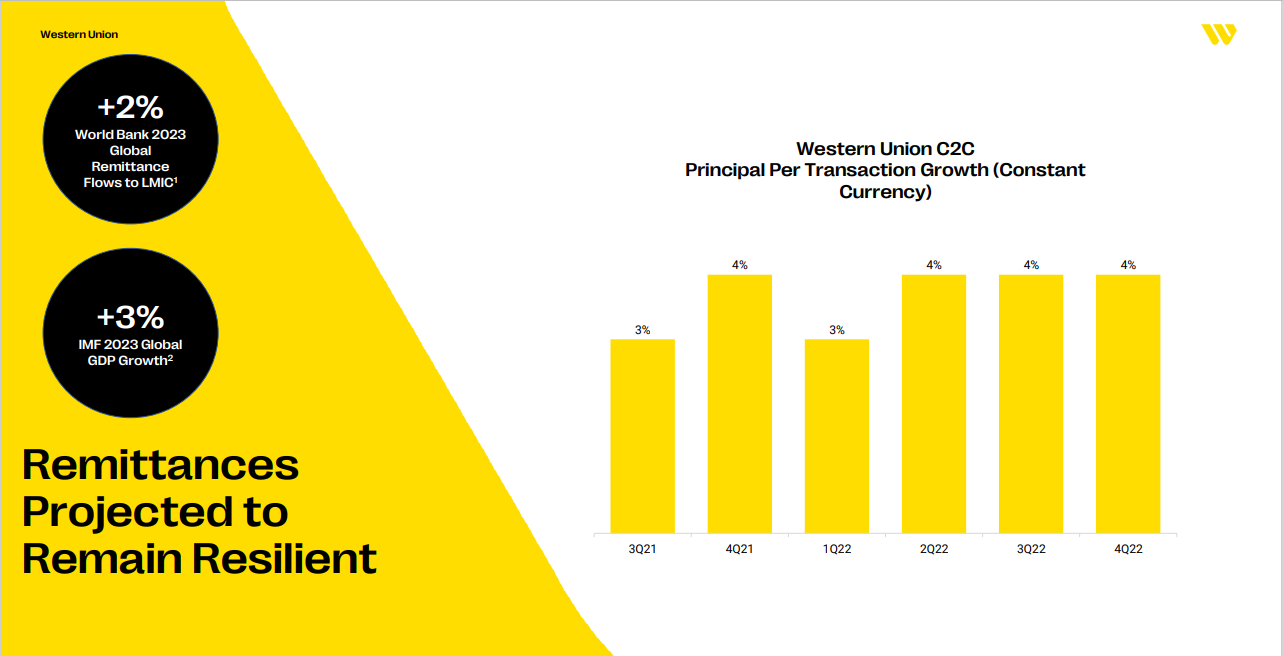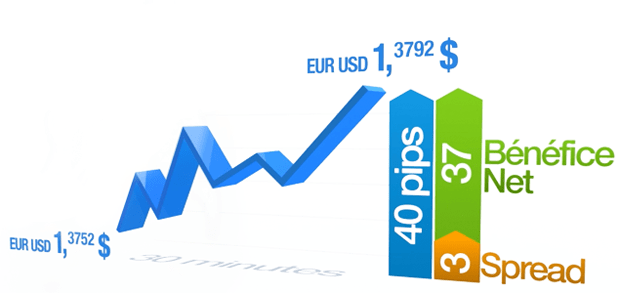
While investing in silver futures can have many benefits for investors, it also comes with the risk of big losses. Silver is considered a safe investment, but the market can be volatile and investors could lose a lot of their money.
Silver futures, which are exchange-traded contracts between 2 parties, allow speculators and investors to take advantage price changes that favor them to preserve their wealth. Silver futures may be traded on global markets such as the Tokyo Commodity Exchange (TME), the New York Mercantile Exchange (NYME) and the Multi Commodity Exchange (India), as well as commodity markets in the United States or India.
Silver futures can trade in many sizes. The most common contract is either a 1,000-ounce, or a 5,000 ounce contract. These contracts can only be traded in dollars or cents each troy ounce. They can be traded on the COMEX section of the New York Mercantile Exchange.

Investors who trade silver futures can benefit from leverage, which allows traders to take positions that are larger than their available capital. However, leverage can lead to rapid losses. Inexperienced market participants should carefully consider their risk profile and their preferred time horizon before entering the market.
Portfolio managers and producers can also use silver futures as a way to hedge against price risk. The difference between the spot price and the price of silver futures is determined using interest rates, the time until delivery and the strength market demand for immediate physical deliveries.
Silver futures contracts can be traded in the OTC market. Prices are directly negotiated between participants. As a benchmark, the spot market's daily benchmark price is used. It is also used to determine producer agreements.
Another type of silver futures trading is speculation, in which investors believe that the price of silver will increase over time. Traders typically buy futures contracts in order to lock down a price for a particular amount of silver in the near future.

Even though there is a risk of loss, silver futures can prove useful for speculators as well as hedgers. They are able to protect against price changes as well as reduce their loss risk, which is typically higher in physical markets. A silver futures contract gives the investor two positions, a long and a short. The long position requires the seller to deliver physical metal to the investor at a specified future date. The short position is a contract to sell the metal to the buyer at an agreed price, typically at least $10 per troy ounce.
For novice investors, it is a good idea to avoid using leverage in the market for futures. Even though it can help them to have a larger position in the futures market, they can lose a lot of money due to the leverage. Experts advise that beginners stay clear of futures trading.
Investors are required to pay a margin fee to their broker when they buy or sell silver futures. Before they can trade, however, The exchange will vary the amount. This margin is used to cover the cost of the futures contract, and gives the investor a technical ownership of the silver. The margin must be paid up front, and the investor must pay a percentage of each transaction.
FAQ
What is the trading of securities?
Stock market: Investors buy shares of companies to make money. Investors can purchase shares of companies to raise capital. Investors then sell these shares back to the company when they decide to profit from owning the company's assets.
Supply and Demand determine the price at which stocks trade in open market. The price of stocks goes up if there are less buyers than sellers. Conversely, if there are more sellers than buyers, prices will fall.
There are two ways to trade stocks.
-
Directly from company
-
Through a broker
What is the distinction between marketable and not-marketable securities
The key differences between the two are that non-marketable security have lower liquidity, lower trading volumes and higher transaction fees. Marketable securities, however, can be traded on an exchange and offer greater liquidity and trading volume. Marketable securities also have better price discovery because they can trade at any time. But, this is not the only exception. Some mutual funds, for example, are restricted to institutional investors only and cannot trade on the public markets.
Marketable securities are less risky than those that are not marketable. They generally have lower yields, and require greater initial capital deposits. Marketable securities can be more secure and simpler to deal with than those that are not marketable.
For example, a bond issued by a large corporation has a much higher chance of repaying than a bond issued by a small business. Because the former has a stronger balance sheet than the latter, the chances of the latter being repaid are higher.
Investment companies prefer to hold marketable securities because they can earn higher portfolio returns.
Who can trade on the stock market?
Everyone. All people are not equal in this universe. Some have better skills and knowledge than others. So they should be rewarded.
However, there are other factors that can determine whether or not a person succeeds in trading stocks. If you don’t have the ability to read financial reports, it will be difficult to make decisions.
You need to know how to read these reports. You need to know what each number means. You must also be able to correctly interpret the numbers.
You'll see patterns and trends in your data if you do this. This will allow you to decide when to sell or buy shares.
If you're lucky enough you might be able make a living doing this.
What is the working of the stock market?
You are purchasing ownership rights to a portion of the company when you purchase a share of stock. A shareholder has certain rights over the company. He/she has the right to vote on major resolutions and policies. He/she may demand damages compensation from the company. And he/she can sue the company for breach of contract.
A company can't issue more shares than the total assets and liabilities it has. This is called "capital adequacy."
A company with a high ratio of capital adequacy is considered safe. Companies with low ratios are risky investments.
How do I choose a good investment company?
It is important to find one that charges low fees, provides high-quality administration, and offers a diverse portfolio. Fees are typically charged based on the type of security held in your account. Some companies don't charge fees to hold cash, while others charge a flat annual fee regardless of the amount that you deposit. Others charge a percentage based on your total assets.
You also need to know their performance history. If a company has a poor track record, it may not be the right fit for your needs. Avoid companies with low net assets value (NAV), or very volatile NAVs.
It is also important to examine their investment philosophy. An investment company should be willing to take risks in order to achieve higher returns. If they are not willing to take on risks, they might not be able achieve your expectations.
How do I invest on the stock market
Through brokers, you can purchase or sell securities. Brokers buy and sell securities for you. You pay brokerage commissions when you trade securities.
Banks are more likely to charge brokers higher fees than brokers. Banks will often offer higher rates, as they don’t make money selling securities.
If you want to invest in stocks, you must open an account with a bank or broker.
A broker will inform you of the cost to purchase or sell securities. He will calculate this fee based on the size of each transaction.
Your broker should be able to answer these questions:
-
The minimum amount you need to deposit in order to trade
-
If you close your position prior to expiration, are there additional charges?
-
What happens if your loss exceeds $5,000 in one day?
-
How long can positions be held without tax?
-
whether you can borrow against your portfolio
-
Transfer funds between accounts
-
How long it takes for transactions to be settled
-
the best way to buy or sell securities
-
how to avoid fraud
-
How to get help for those who need it
-
If you are able to stop trading at any moment
-
If you must report trades directly to the government
-
Reports that you must file with the SEC
-
What records are required for transactions
-
If you need to register with SEC
-
What is registration?
-
How does this affect me?
-
Who should be registered?
-
What are the requirements to register?
Statistics
- US resident who opens a new IBKR Pro individual or joint account receives a 0.25% rate reduction on margin loans. (nerdwallet.com)
- Even if you find talent for trading stocks, allocating more than 10% of your portfolio to an individual stock can expose your savings to too much volatility. (nerdwallet.com)
- For instance, an individual or entity that owns 100,000 shares of a company with one million outstanding shares would have a 10% ownership stake. (investopedia.com)
- The S&P 500 has grown about 10.5% per year since its establishment in the 1920s. (investopedia.com)
External Links
How To
How to create a trading strategy
A trading plan helps you manage your money effectively. It allows you to understand how much money you have available and what your goals are.
Before you begin a trading account, you need to think about your goals. You may wish to save money, earn interest, or spend less. If you're saving money, you might decide to invest in shares or bonds. You can save interest by buying a house or opening a savings account. If you are looking to spend less, you might be tempted to take a vacation or purchase something for yourself.
Once you decide what you want to do, you'll need a starting point. This depends on where your home is and whether you have loans or other debts. Also, consider how much money you make each month (or week). Income is what you get after taxes.
Next, you need to make sure that you have enough money to cover your expenses. These include rent, bills, food, travel expenses, and everything else that you might need to pay. Your total monthly expenses will include all of these.
You will need to calculate how much money you have left at the end each month. This is your net disposable income.
Now you know how to best use your money.
To get started, you can download one on the internet. Or ask someone who knows about investing to show you how to build one.
Here's an example spreadsheet that you can open with Microsoft Excel.
This displays all your income and expenditures up to now. This includes your current bank balance, as well an investment portfolio.
And here's a second example. A financial planner has designed this one.
It shows you how to calculate the amount of risk you can afford to take.
Remember, you can't predict the future. Instead, think about how you can make your money work for you today.